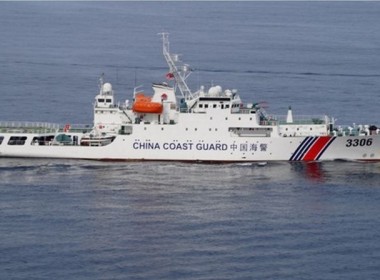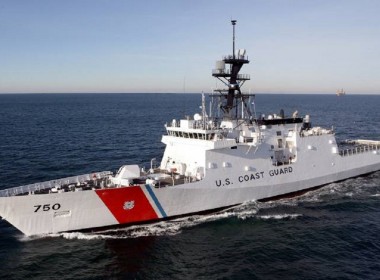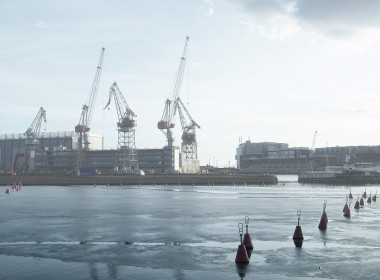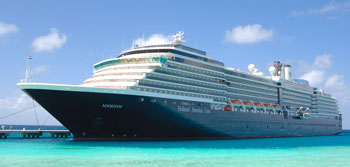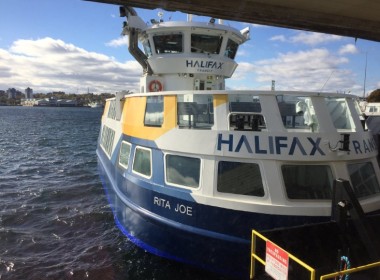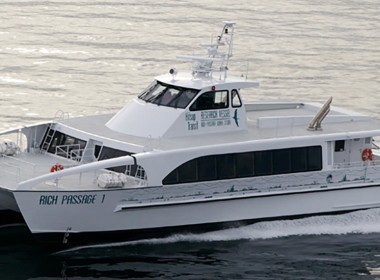Taiwan Strait transit raises Chinese carrier’s profile
In the morning of January 11, 2017, the PLA Navy aircraft carrier Liaoning, with an escort of frigates and destroyers, entered the Taiwan Strait, making 12 knots on a northerly course. The warships accompanying the Chinese flat top were the Jiangkai II-class frigates Linyi and YantI, and the Luyang-class destroyers Zhengzhou, Haikou and Chingsha.
The Taiwanese responded rapidly. The carrier group was shadowed by Republic of China Navy (ROCN) warships, including a Cheng Kung-class and a La Fayette-class frigate. F16 and F-CK-1 Ching-kuo fighter jets, and an E-2T Hawkeye airborne early warning plane of the Republic of China Air Force, meanwhile, carried out aerial surveillance.
The PLA Navy ships were apparently mindful of the requirements of innocent passage. They remained to the Chinese side of the median line dividing the strait, and none of the carrier’s J-15 fighter-bomber aircraft were launched. At about 0630 hours on January 12, the carrier and its escorts exited the strait.
Taipei, for its part, was restrained in its public response to the event.
The transit of the Chinese carrier group demonstrated Beijing’s willingness to deploy its growing naval power for political ends. The action should be viewed in the context of continuing maritime tensions in Asia, the recent confirmation by the UN’s Permanent Court of Arbitration that Beijing has no legal claim to jurisdiction over the Spratlys, and recent political developments in the US.
Incoming US President Donald Trump and his team have been making it obvious that they believe Beijing has been given too easy a ride in the South China Sea, and he and his political allies have had recent well-publicised contacts with Taiwanese President Tsai Ing-wen. Secretary of State nominee Rex Tillerson, furthermore, has opined publicly that China should be blocked from accessing the military facilities which it has built on reclaimed land adjacent to a number of the Spratly Islands which it claims in the South China Sea.
The transit by Liaoning and its consorts, which followed a period of exercises by the ships in the South China Sea, showed that China is making progress towards its stated aim of eventually maintaining three long range carrier groups. Other relevant news this month was that the first of the PLA Navy’s 25-knot, 45,000-tonne Type 901 replenishment at sea ships has put to sea on trials provided further evidence. The Type 901, designed specifically to support aircraft carrier operations, is fitted with five liquid replenishment stations, three on the port side, two on the starboard, all equipped to transfer both marine and aviation fuel. The ship will be able simultaneously to replenish an aircraft carrier to port, and an escorting frigate or destroyer to starboard.
TREVOR HOLLINGSBEE


